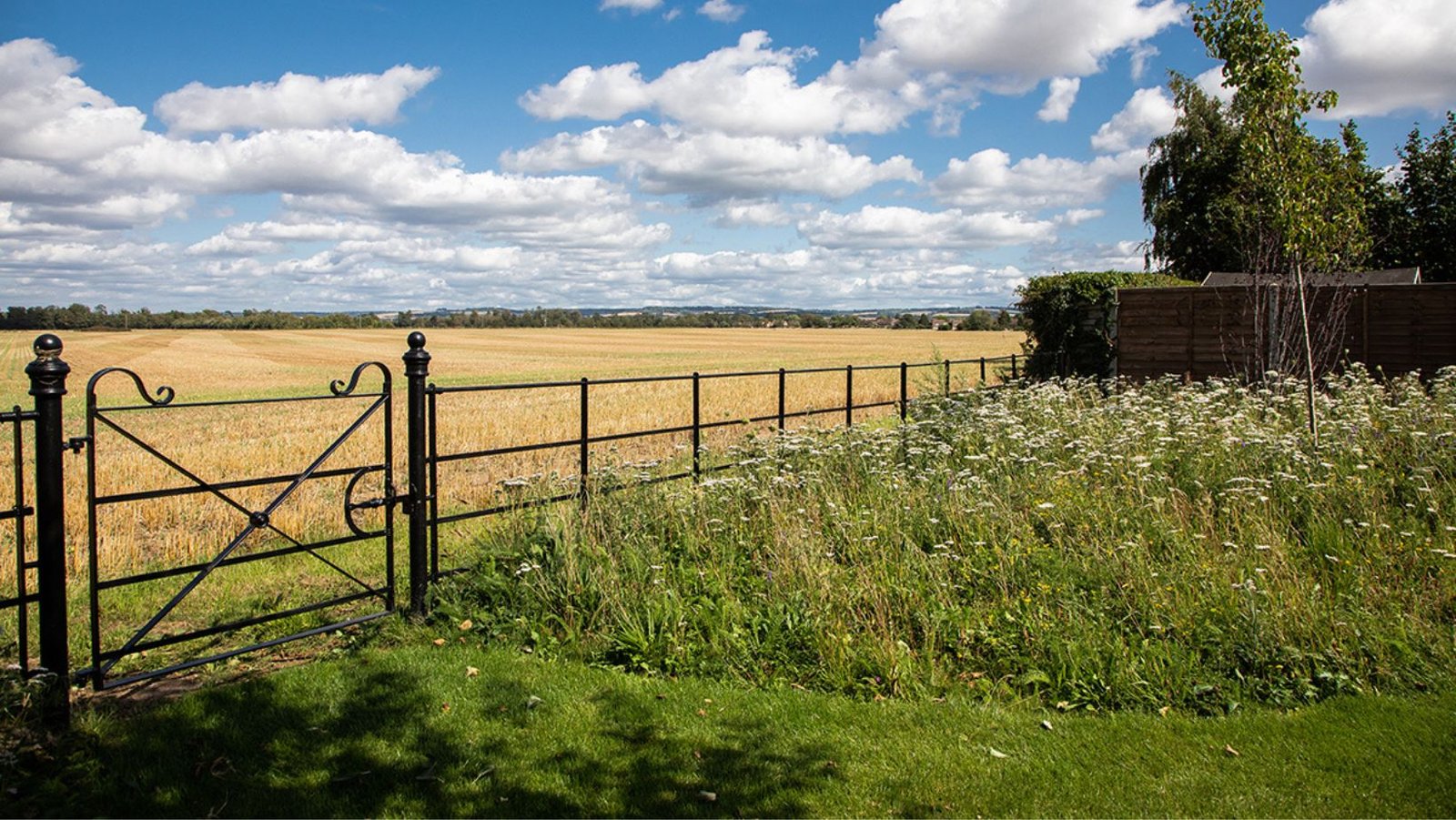
It may not come as much surprise to hear that we are often asked for a ‘low maintenance’ garden when it comes to designing green spaces.
This may be due to many reasons; being new to gardening, having a young family, older age, restricted mobility or simply not having enough time.
For a keen gardener, tending to borders and lawns is a much-enjoyed pastime, but for a lot of people managing a garden can often feel overwhelming and all too often a chore, rather than a pleasure.
Here we discuss some low-maintenance garden design considerations without having to turn your garden into a concrete jungle!
1. Go Wild!
The ultimate low maintenance feature for your garden has to be a wildflower meadow. Either laid as turf or seed, wildflower meadows thrive on poor soil, often with few nutrients, yet provide colour and interest throughout the summer months, with minimal effort or maintenance.
It’s worth choosing a turf or seed mix from a specialist supplier to start with to ensure a range of species that will provide a good balance of flowers and grasses.
If you just allow an area of your garden to go wild itself, the stronger, perennial weeds such as nettles and brambles will just take over.
As a natural habitat for wild-life, it is best to leave a wildflower meadow to it’s own devices to establish itself. However, you will need to cut it in late September once all the seed heads have fallen and remove all the cuttings so that they don’t rot down and provide a nutritious environment for the perennial weeds to take over!

2. Embrace Evergreens!
Evergreens are always a popular choice for low maintenance planting schemes. As well as providing a cool, green backdrop for your garden that provides seasonal appeal right through the year, they are often ‘happy-go-lucky’ shrubs, settling into most soil types or positions with the minimum of fuss.
Adding a larger proportion of shrubs and ground cover plants compared to perennials will also mean less maintenance and will also inhibit weed growth.
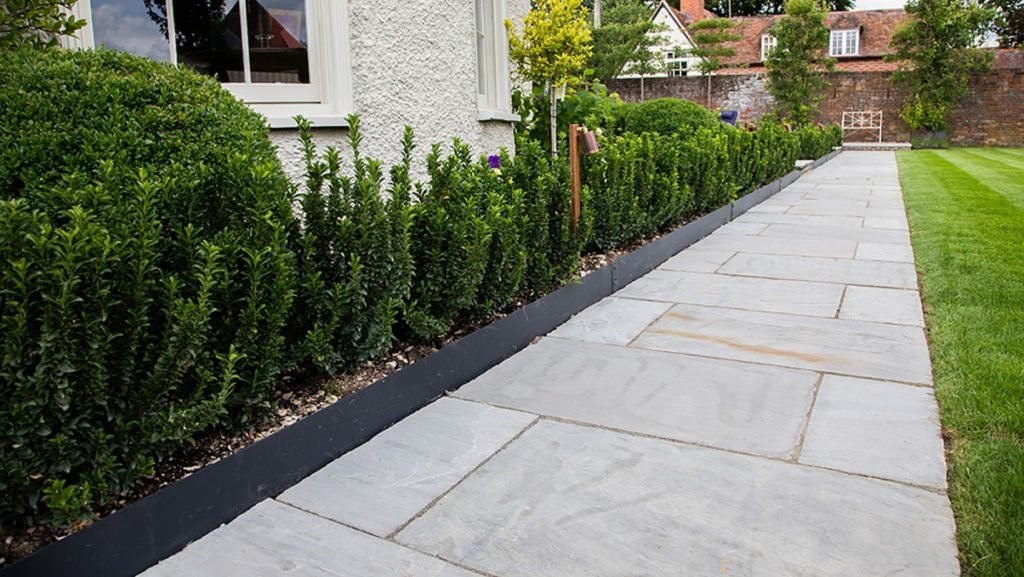

3. Less Lawn!
Reducing the lawn area when it comes to designing a garden is a relatively easy way of keeping the workload down. There’s no doubt that if you want a lush, weed-free lawn it does require regular maintenance and often specialist care if over larger spaces.
A smaller lawn may also mean a larger patio area allowing more space for seating.
Edging a lawn with setts, brick or steel edging is another excellent way to reduce the workload as you can mow right up to the edge, avoiding the need for time-consuming edging with shears. It will also ensure a crisp, clean boundary between grass and paving.



4. Marvellous Mulch!
Applying a layer of mulch to beds and borders is the single most important thing you can do in your garden to make maintenance easier.
It has several benefits including:
- Watering less often as it will help retain soil moisture, by reducing evaporation rates.
- Reducing soil erosion by protecting the top layer of soil from heavy rain or winds.
- Reducing weed production by blocking sunlight, making it harder for them to push through a thicker surface.
- Encouraging worm activity and therefore improving the health of your soil.
- Reducing soil compaction.
- Adding nutrients back to the soil as the mulch breaks down.
- Protecting shallow plant roots.
- Always makes a border look neater!
Biodegradable mulches include garden compost, wood chippings, leaf mould, well-rotted manure, straw, or even seaweed.
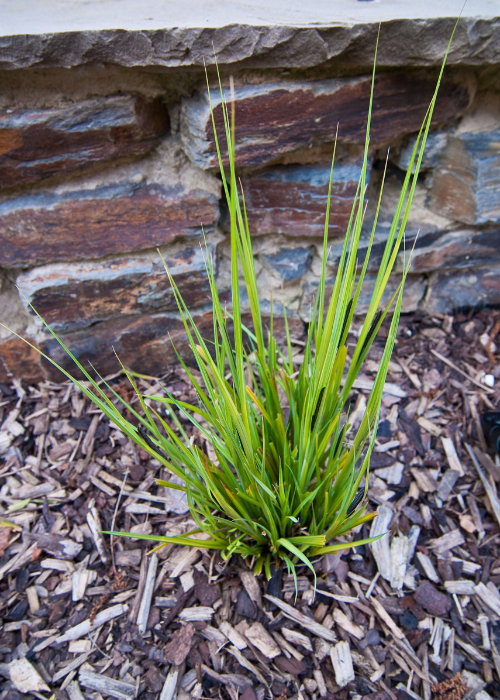
Non-biodegradable products such as permeable woven fabrics although less eco-friendly are still useful and can be hidden by a layer of decorative gravel, bark or pebbles once planting is in place.
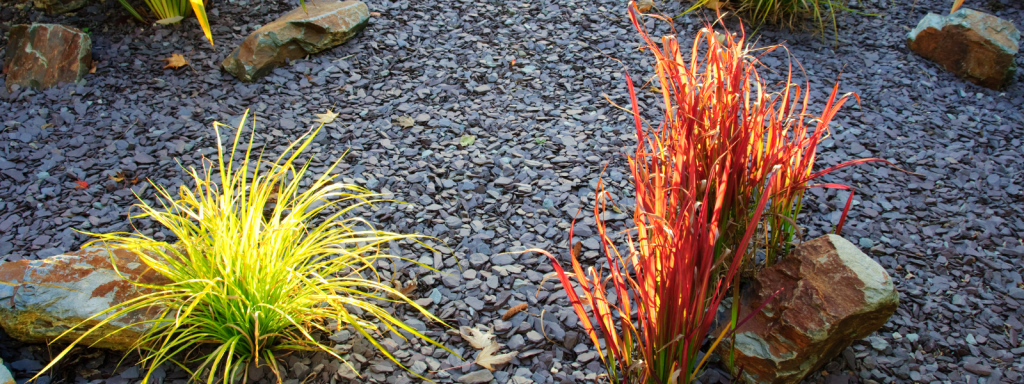
5. Install Irrigation
Watering is crucial to ensure healthy, happy plants, but for most it can become an onerous task particularly when plants are young and still establishing. Installing irrigation is something we will often suggest to our clients making watering your garden a far less daunting prospect.
For more information on irrigation, please refer to our ‘Garden Care During a Dry Spell’ blog.

6. Clever Climbers!
A low maintenance garden doesn’t have to mean a bland garden. Introducing evergreen climbers, such as Trachelospermum jasminoides is an excellent way of injecting interest to a boundary fence or plain wall. Once wires are installed, climbers find their own way and require minimum pruning and training.
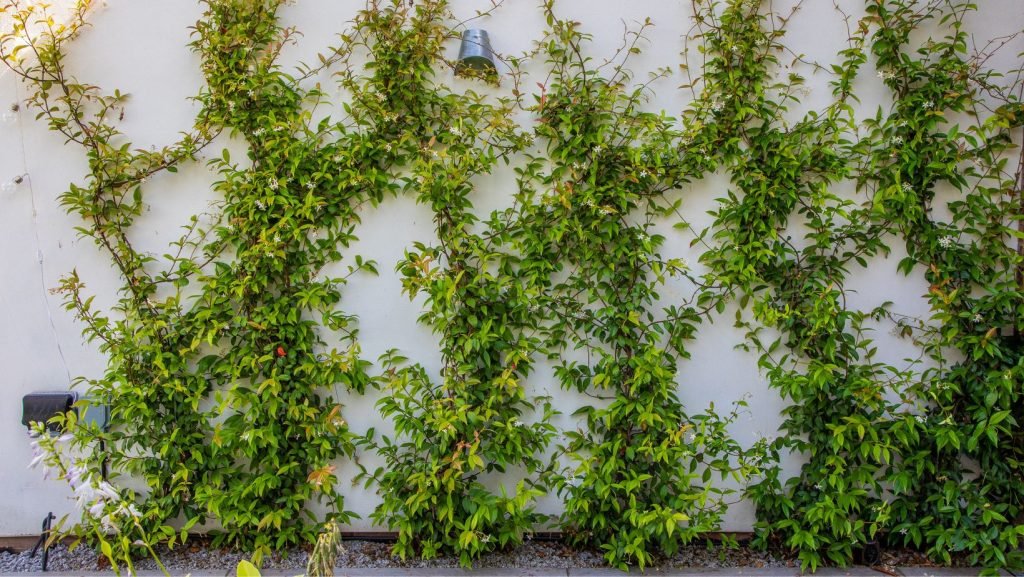
7. Potty about pots!
Reducing border space is important if you want to keep maintenance low, so adding pots and containers to patio areas means you can still add a feeling of softness to your newly landscaped garden.
Our advice is to try and select larger containers allowing a greater volume of compost to be added, meaning they will dry out less quickly and need repotting and feeding less frequently.
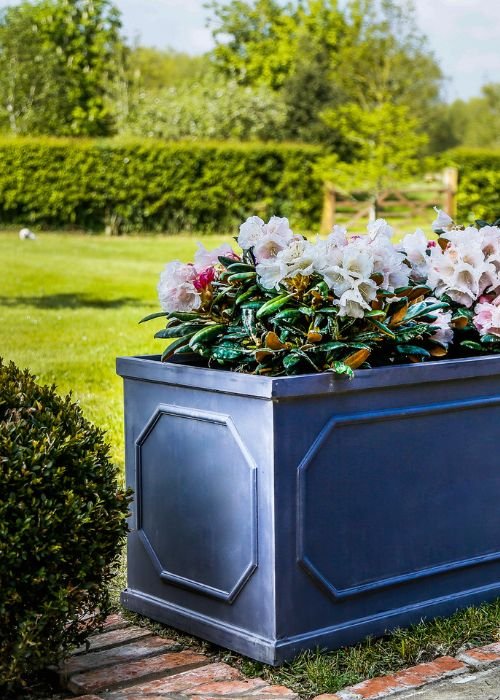
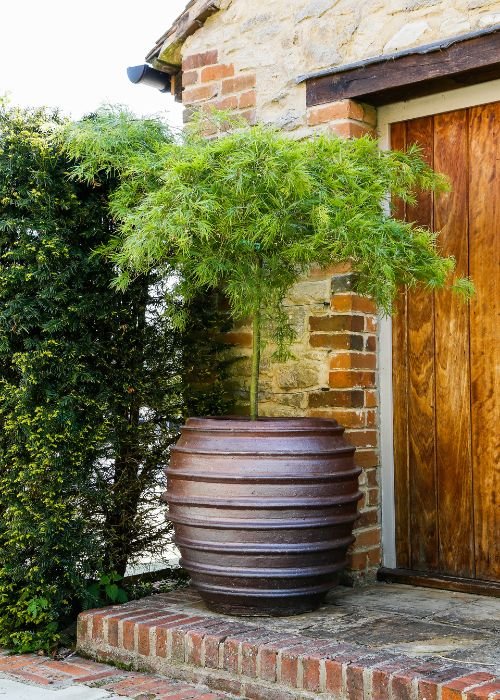
However clever and creative the garden design, there is no such thing as ‘no maintenance’!
Trees, plants and lawns like any other living thing will need some care and attention to ensure they stay healthy.
At the same time, gardening can help us all stay fit and well – both physically and mentally. Even light work such as dead-heading, watering and sweeping up leaves can be immensely rewarding as a way to connect with nature and take time out of busy or stressful days.
Gardening can also be great exercise and has actually been shown to be more holistically beneficial than going to a gym!
At GreenArt we offer on-going garden care packages to suit you and your garden, so feel free to get in touch if you feel this is something you could benefit from.








